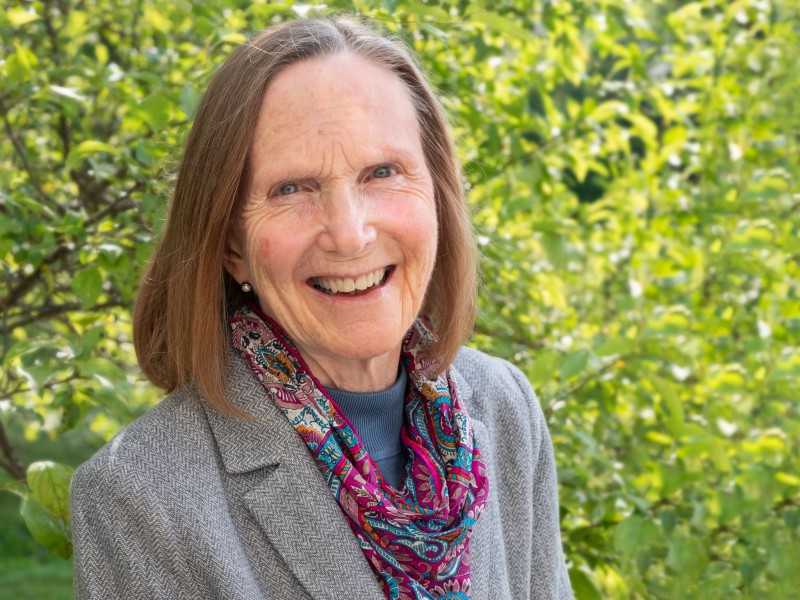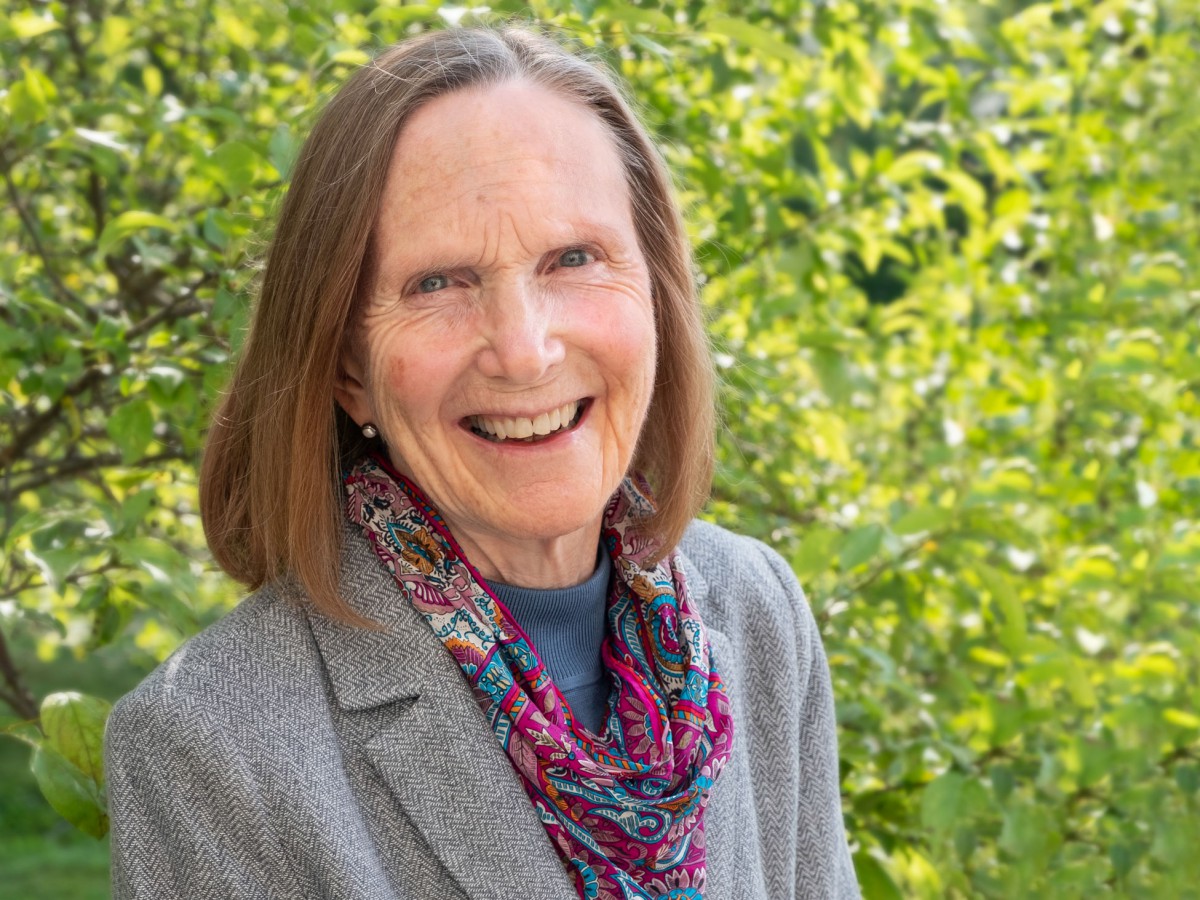
Originally published in the Times Argus on December 14, 2019, as part of their “Vermont by Degrees” series.
As the Community College of Vermont prepares to celebrate its 50th anniversary next year, I’ve been doing a good deal of reflecting and reading.
In an editorial from 2013, long-time CCV staff member David Buchdahl describes the cramped quarters where he worked after starting out at the College. Buchdahl would eventually become regional director, academic dean, and then director of institutional research at CCV. But his first office was 24 square feet, with walls made of particleboard nailed to 2x4s. “It was there,” he writes, “that I began to learn how much students needed and desired what CCV had to offer—local, affordable, accessible higher education. We take it for granted now, but then it still seemed like a miracle!”
CCV opened its doors in 1970, with ten classes. Students didn’t pay tuition, and faculty taught for free. The mission was simple: bring higher education to the people of our rural state.
In the same editorial, Buchdahl remembers gathering for meetings back in CCV’s early days: “If we had to drive through blizzards to attend these regional meetings, well, all the better to prove ourselves worthy of our great and noble cause. We’d stumble into the back rooms of local restaurants, shake off the snow, pull off our boots, and take up the business of creating a college that could change the world.”
For 50 years, CCV has been connecting Vermonters to opportunity. The mission of the College remains simple, though much has changed since 1970. Today, we are the second-largest college in Vermont. With academic centers in 12 locations and extensive online learning options, we serve more than 10,000 students each year. We pride ourselves on flexibility and innovation, providing a college education that works for working people.
We continue to deliver credentials that offer clear pathways to further education and employment. In 2019, we introduced seven new certificate programs, all of which include stackable credits that can build toward an associate degree and beyond. We’ve also recently launched an accelerated online childcare certificate, registered apprenticeships that allow Vermonters to earn while they learn, and a pathway to LPN licensure in partnership with Central Vermont Medical Center and Vermont Tech. As Vermont Community Foundation President Dan Smith wrote in a recent editorial, CCV plays an outsize role in creating economic mobility in our state.
CCV has become what it is today because we have embraced a philosophy of change. Our work is guided by the belief that education has the power to transform lives, families, and communities. We remain focused on our students, who aspire to build better futures for themselves and their families. We are continually adapting to the evolving needs of Vermonters and our state.
As we reflect on where we are today and look to the fifty years ahead, David Buchdahl’s image of CCV colleagues coming in out of the cold still resonates. In our meetings, in our classrooms, in our collective efforts, we seek progress through collaboration. We take pride in our resilience. Though our offices have grown since Buchdahl’s early years at CCV, we remain committed to that simple mission to deliver local, affordable, accessible higher education to the people of our rural state. Vermont needs CCV now more than ever.
To learn more about CCV’s history, our impact on Vermont, and our 50th anniversary celebrations throughout 2020, visit 50.ccv.edu.

